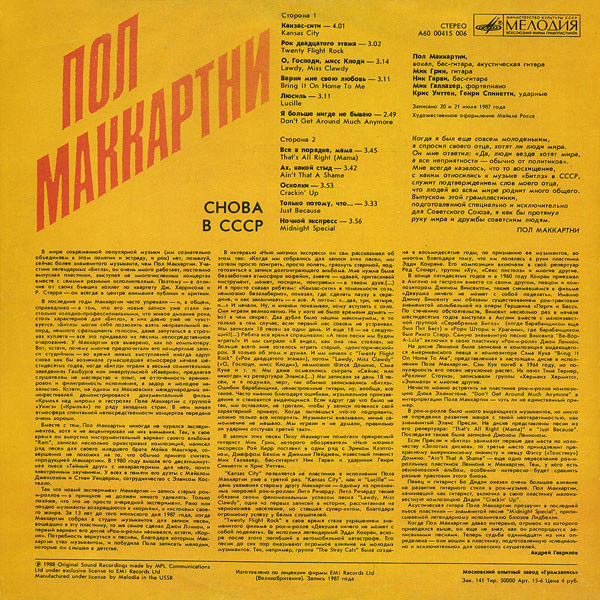
The overall findings suggest that peptides designed with suitable tags, sequence hydrophobicity, and charge distribution can be directed more generally to impact proteins whose function involves membrane-embedded protein-protein interactions. In related studies, DiOC 2(3) fluorescence indicated moderate peptide-mediated reduction of the proton motive force for all peptides, including control peptides that did not display inhibitory activity. However, dye leakage assays confirmed that these events occur without causing significant membrane disruption both in vitro and in vivo, indicating that the peptides can target the small multidrug resistance TM4-TM4 motif without nonspecific membrane disruption. Interestingly, differential scanning calorimetry of the peptides added to bacterial-like membranes (POPE:POPG 3:1) revealed the peptides’ ability to demix the POPE and POPG lipids, creating two pools, one of which is likely a peptide-POPG conglomerate, and the other a POPE-rich component where the native POPG content has been depleted. Circular dichroism spectroscopy and Trp fluorescence showed that the peptides insert into the membrane generally in helical form. Podesite da vam se automatski spaja na server Rizon kad upalite ChatZillu.
#RIZON CCCP PROJECT SERIES#
To evaluate the extant peptide-membrane interactions, we performed a series of biophysical measurements. dole gdje se upisuje tekst, upiite komandu: /server. While effective at inhibiting efflux activity, ostensibly through their designed mechanism of action, the impact of the peptides on the bacterial inner membrane remains undetermined. net domains can now be registered with many different competing registrars. The peptides contain two terminal tags: a C-terminal lysine tag to direct the peptides toward the negatively charged bacterial membrane, and an uncharged N-terminal sarcosine (N-methyl-glycine) tag to promote membrane insertion. Whois Server Version 2.0 Domain names in the.

In contrast to antimicrobial peptides, which function by a nonspecific membrane disruption mechanism, here we describe a series of transmembrane (TM) peptides that are designed to act as drug efflux inhibitors by aligning with and out-competing a conserved TM4-TM4 homodimerization motif within bacterial small multidrug resistance proteins.

With the exception of interacting (Type IIn) SNe and rare events with long rise times, we find that most light curve shapes belong to one of three apparently distinct classes: plateau, slowly declining, and rapidly declining events. As the bacterial multidrug resistance crisis continues, membrane-active antimicrobial peptides are being explored as an alternate treatment to conventional antibiotics. We present R-band light curves of Type II supernovae (SNe) from the Caltech Core-Collapse Project (CCCP).


 0 kommentar(er)
0 kommentar(er)
